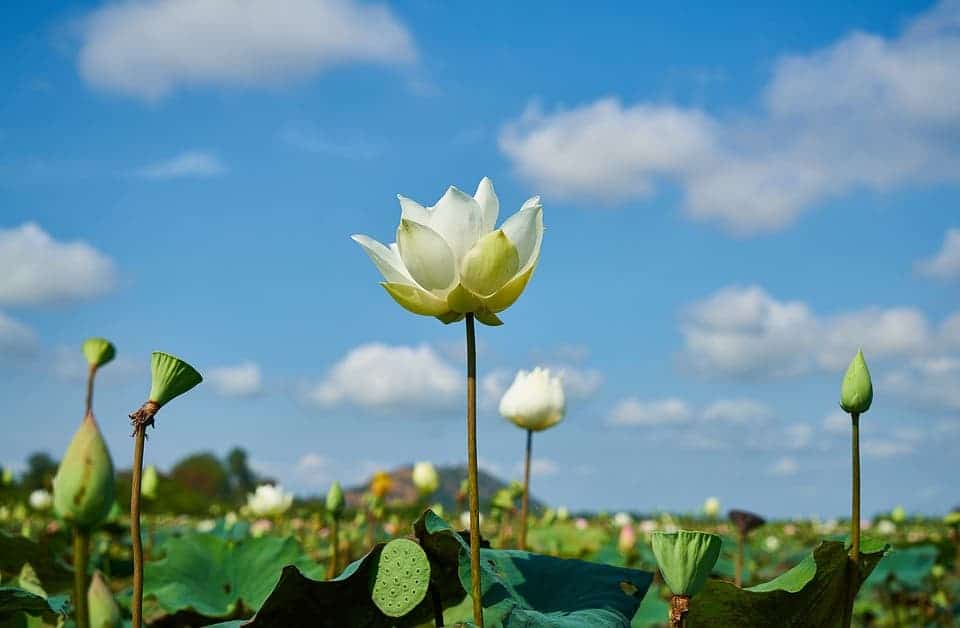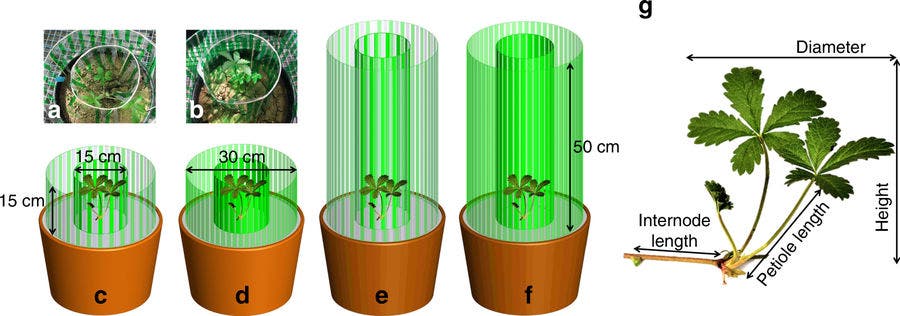Competition isn’t only for animals, a new study has found. According to the paper, plants will size up their neighbors and then tailor a strategy to out-compete them for resources — or, in the worst case, to be frugal when outmatched.

People aren’t the only runners in the rat race: researchers from the University of Tübingen’s Institute of Evolution and Ecology have shown that plants will actively try to one-up their competition (neighbors) in a quest for more resources. To do so, they will gauge the competition’s abilities and choose between several competitive strategies, tailoring them to their neighbors’ stature and densities.
Growing strong
In broad lines, animals handle competition through three overarching behavior patterns: confrontation, avoidance, or tolerance. Exactly which one an animal will pick in a given situation depends largely on the balance of capability between itself and its opponent. If the other guy is bigger, stronger, or otherwise more capable, animals will likely back down and prefer toleration or avoidance over direct competition — that’s why nobody messes with the bouncer at the club, for example.
When plants step on each others’ toes, it usually involves access to light. Plants will use multiple cues to pick up on the presence of competitors, such as a reduction in incoming light quantity or in the ratio of red to far-red wavelengths (R:FR, frequencies that are used up in photosynthesis). Since plants aren’t big on moving around, competitive responses typically include out-growing their neighbors to reach the best light (confrontational vertical elongation), or increasing efficiency in low-light conditions (shade tolerance) when they lose the growth battle. Some plants, such as clonal colonies, can also employ avoidance behaviors by growing away from their competition.
However, what we didn’t know is whether plants actually decide what strategy will work best in a given scenario, or if they just pick one at random and hope for the best.
“These three alternative responses of plants to light competition have been well-documented in the literature,” says lead author Michal Gruntman. “In our study we wanted to learn, if plants can choose between these responses and match them to the relative size and density of their opponents.”
For the study, the team worked with the clonal plant European cinquefoil (Potentilla reptans). Different light-competition scenarios were simulated using vertical strips of transparent green filters. These reduced both the quantity of incoming light as well as its R:FR ratio, just like actual plants would. The team could simulate neighboring vegetation of any height and density simply by altering the shape or number of filters.

Image credits Michal Gruntman et al., 2017, N.Comm.
The results suggest that P. reptans will pick a strategy that directly counteracts its competition. When faced with short but dense neighbors that could not be avoided laterally, the plant showed the highest confrontational vertical growth among all scenarios. Tall but sparse neighbors coaxed the plant into lateral avoidance. Finally, when faced with competitors that were both dense and tall so neither lateral nor vertical avoidance was possible, the P. reptans hunkered down and developed the most pronounced shade-tolerant characteristics.
The findings suggest that plants can estimate the density and competitive ability of their neighbors, and then decide on the best adaptive strategy to counter them. They also provide new evidence for plants’ ability to process and use complex information when adapting to their environment.
“Such an ability to choose between different responses according to their outcome could be particularly important in heterogeneous environments, where plants can grow by chance under neighbors with different size, age or density, and should therefore be able to choose their appropriate strategy” says Gruntman.
The paper “Decision-making in plants under competition” has been published in the journal Nature Communications.






